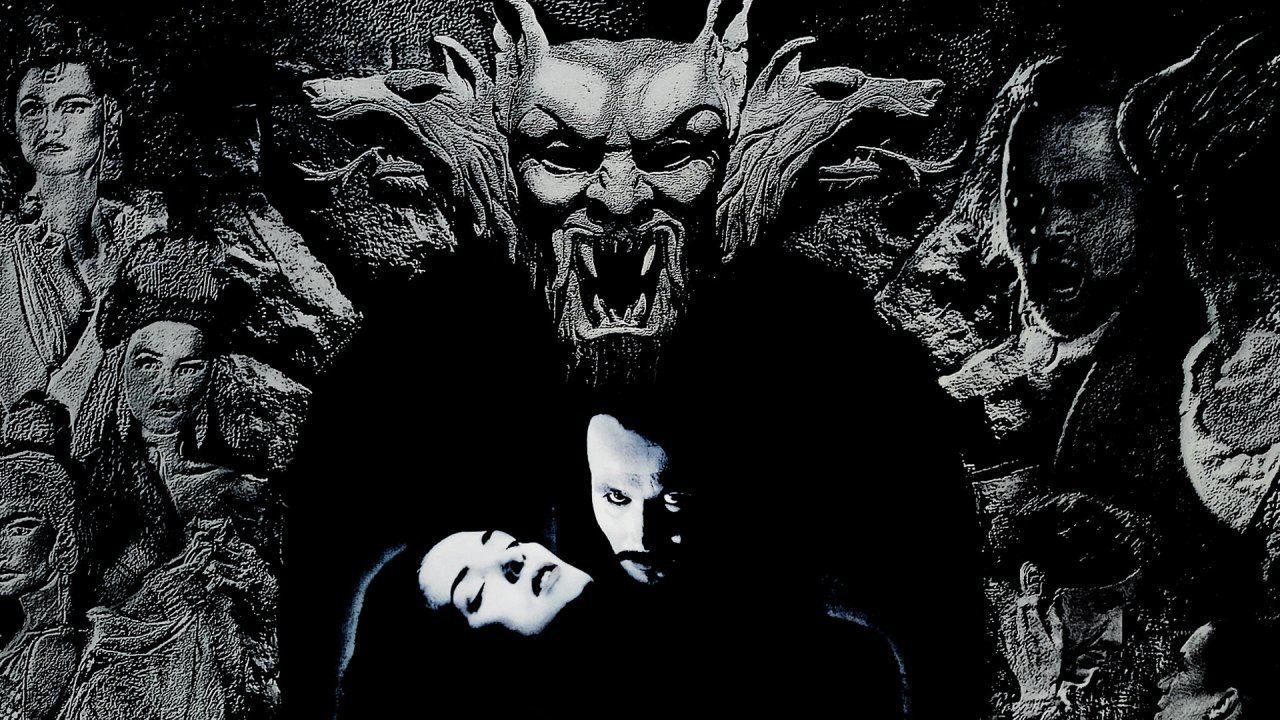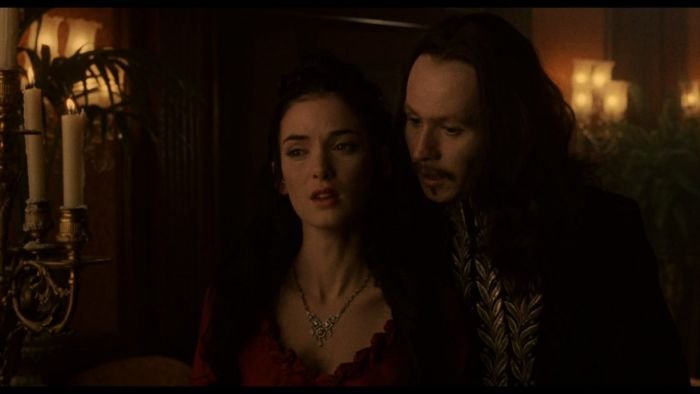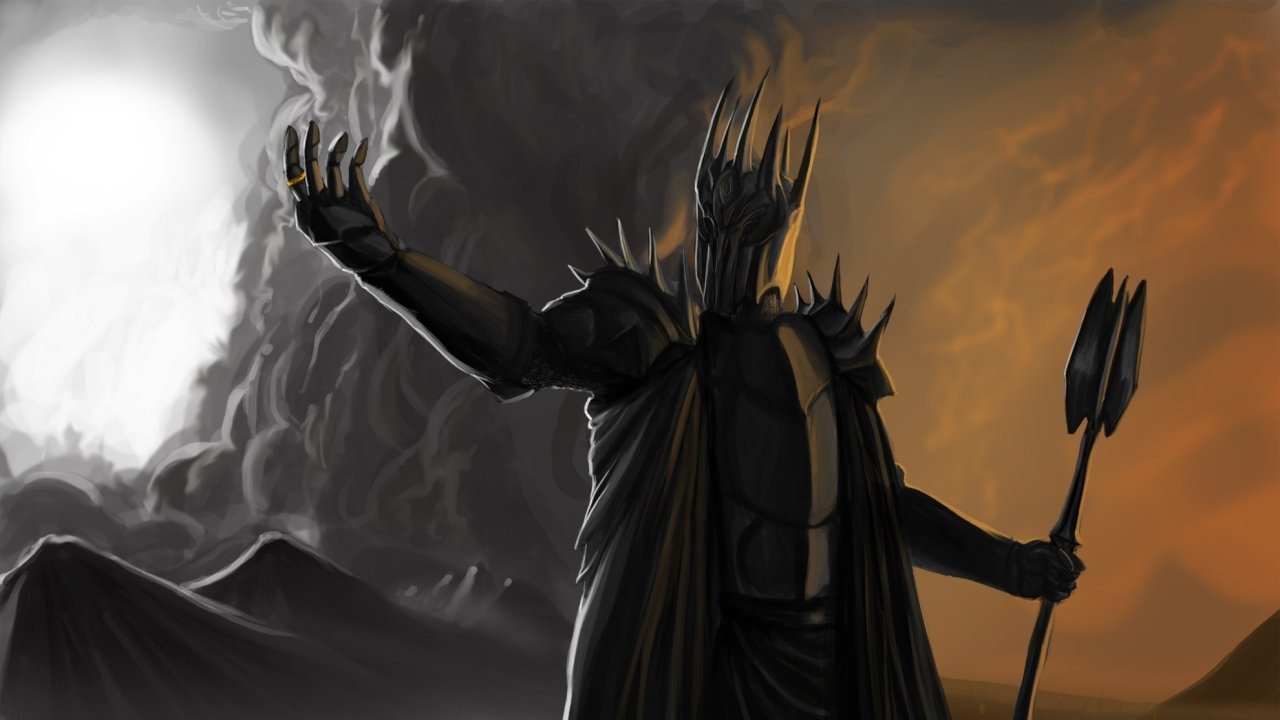Retrospective Look At ‘Bram Stoker's Dracula’ On Its 30th Anniversary
Image Source: TheGamesDB
As we enter the spooky season, big fans of all that go bump in the night take time to reflect on scares of the past and how they have aged over the years. Some great movies like Friday the 13th and Halloween still hold up to this day but others like Sleepaway Camp or Hardrock Zombies, not so much. In 1992, a Dracula movie was released that has been the source of both positive and negative reviews. At the time of its release, Roger Ebert said the movie was stylistic but without much content:
“Coppola directs with all the stops out, and the actors perform as if afraid they will not be audible in the other theaters of the multiplex. The sets are grand opera run riot - Gothic extravaganza intercut with the Victorian London of gaslights and fogbound streets, rogues in top hats and bad girls in bustier.”
Here we are, 30 years later. How does the movie hold up?
Big-time director Francis Ford Coppola brought us Bram Stoker’s Dracula. It raised a few eyebrows in Hollywood for the director of classic films like The Godfather, Apocalypse Now, and The Outsiders to sign on to direct a vampire movie. Back in the early 90s, horror was not really a flashy genre, let alone having one of the great American directors at the helm. In an interview with Fangoria after the film’s release, Winona Ryder, who played one of the main leads in the film, Mina Harker, presented Coppola with the screenplay written by James V. Hart after she dropped out from The Godfather: Part III. She never thought it would move forward, but Coppola admitted that Dracula was one of his favorite movie monsters. It seemed written in the stars.
RELATED:
The script itself is a triumph for the character considering that it stays the truest to Stoker’s 1897 novel. Previous incarnations of Dracula used Stoker’s story more as a guideline. Even the original Dracula with Bela Lugosi was not totally accurate to the story, and cherry-picked around the character’s mythos.
James V. Hart’s screenplay had two great things going for it. Like the book, it was told from multiple perspectives. Each scene cut seemed to follow a different narrator. One moment, we hear the story told from Jonathon Harker’s perspective like his trip to Transylvania and escape from Castle Dracula. Then, the scene cut to the deck of the Demeter and the captain’s log before cutting to Van Helsing’s perspective. It was an unusual story-telling aid at the time, but it replicated Stoker’s novel, like a series of journal entries. The movie ending is also the most accurate to the original story. Dracula is not killed by some stake to the heart but instead by a cowboy from Texas cutting his throat with a bowie knife.
Image Source: Tumblr
The script also held onto the romanticism and sexuality of the character. The movie showed Count Dracula as someone who could charm you and lull you into a sense of calm. We definitely see that in a few scenes, both implied and explicit where you can feel the sexual tension along with the “will they, won’t they” energy. Even though the novel came out in 1897, there is no denying the sexual overtones in this story with Dracula admitting he is comfortable trying to “seduce, penetrate, [and] drain another male.” The movie also depicted the scene from the book where Jonathan Harker was dominated by three vampire women, a concept that was unheard of in the late 1800s. I can only imagine what the general public back then felt about that kind of talk.
Image Source: Cinema Essentials
30 years later and Bram Stoker's Dracula still holds up as one of the most popular vampire movies and one of the best horror movies of all time. There are drawbacks for sure after a few watches since 1992. Keanu Reeves’ accent and perhaps some of the dialogue were a little cheesy. However, the movie keeps us entranced with its visually stunning depiction where every corner of the screen is a triumph. The movie would go on to win Oscars for costume and make-up.
Ebert echoed the sentiment in his review:
“I enjoyed the movie simply for the way it looked and felt. Production designers Dante Ferreti and Thomas Sanders have outdone themselves. The cinematographer, Michael Ballhaus, gets into the spirit so completely he always seems to light with shadows.”
Since the release of Bram Stoker’s Dracula, there have been numerous movies that touch upon the novel, but none have come as close to the book as this movie has even with the book being in the public domain since 1962. At its milestone anniversary, it still maintains top spots in Halloween viewing. Perhaps another return to Stoker’s novel is at hand, but I am content enjoying this version for many more years to come.
READ NEXT:
Source(s): RogerEbert.com, Wikipedia [1], [2]














